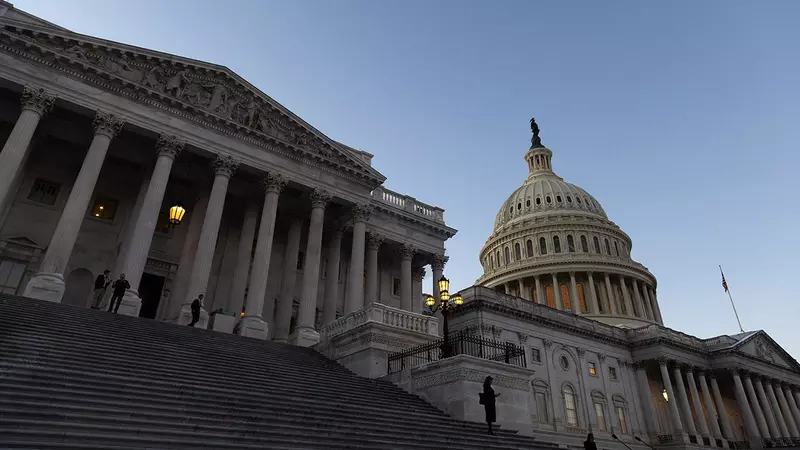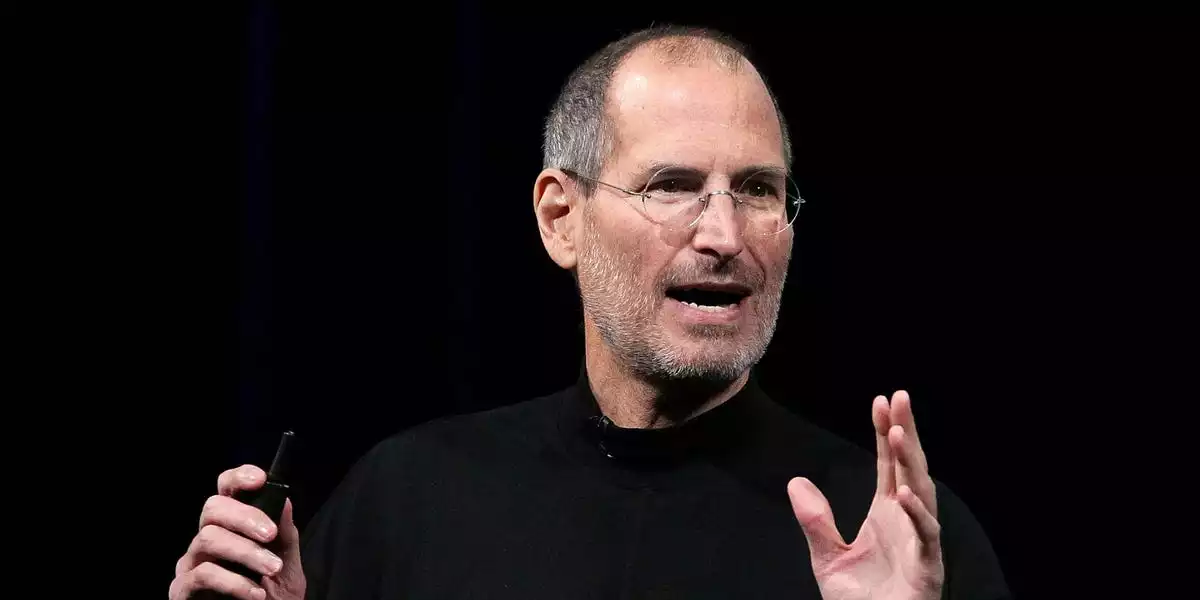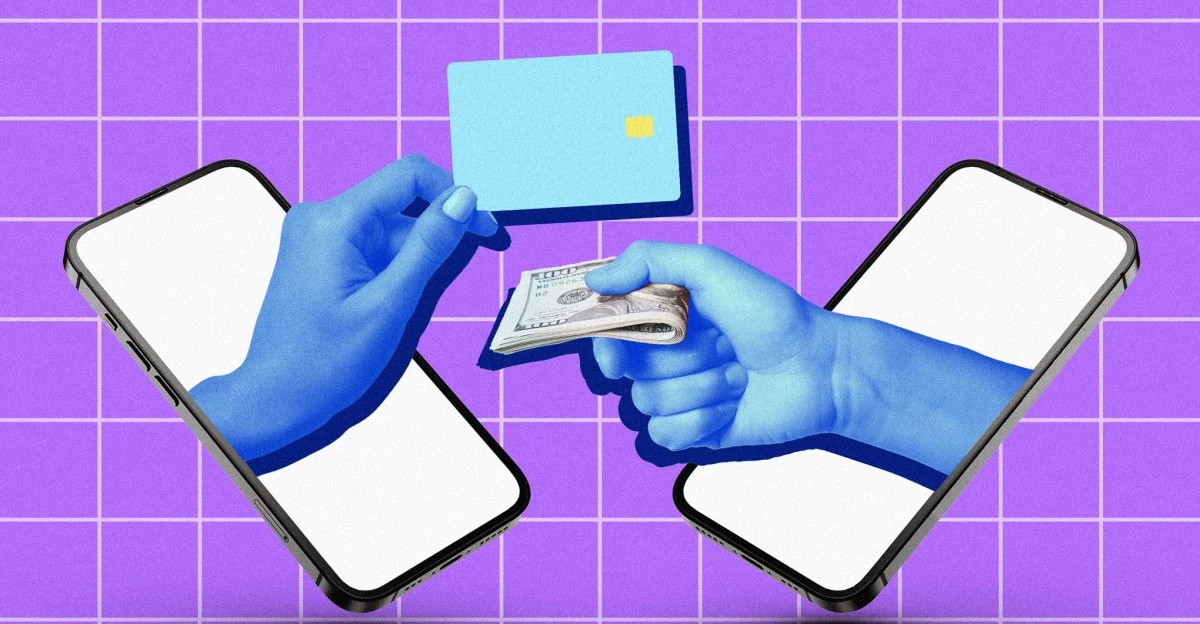The topic of the national debt can be about as exciting as watching paint dry, but trust me, it’s important. Economist Peter Morici recently dropped some knowledge bombs about the U.S. national debt, which currently stands at a mind-boggling $34 trillion. If you’re wondering how we got to this point, it’s all about those pesky interest rates. As rates go up, so do the government’s borrowing costs, which means Uncle Sam’s wallet is about to take a serious hit.
Interest payments on the national debt are like that one friend who keeps borrowing money but never seems to pay you back. In this case, those payments are set to triple from nearly $475 billion in 2022 to a jaw-dropping $1.4 trillion by 2032. To put that into perspective, that’s more than what we spend on Medicare or defense. Yikes. Veronique de Rugy from the Mercatus Center at George Mason University has been waving the red flag about our growing debt and the potential disaster if interest rates were to rise. And guess what? They did.
The total interest on the national debt is projected to hit a record 3.1% of GDP this year. That may not sound like much, but when you consider the sheer size of our economy, it’s a pretty hefty chunk of change. According to CBO Director Phillip Swagel, about two-thirds of the increase in interest payments are due to higher rates, while the rest is thanks to our growing debt. It’s like a double whammy of financial pain, and it’s hitting us where it hurts the most – our wallets.
For years, the U.S. has been able to borrow money on the cheap thanks to historically low interest rates. But as rates go up, so does the cost of borrowing for the government. The Federal Reserve has been on a bit of a rate-hiking spree, raising rates 11 times in just over a year. This has pushed rates to their highest levels since the 2008 financial crisis, and it’s starting to make our debt look a lot less sustainable.
President Biden has been talking a big game about cutting the deficit, but with the national debt soaring past $34 trillion for the first time ever, it’s clear that we still have a long way to go. The key takeaway here is that while the national debt may not be the most thrilling topic, it’s one that affects each and every one of us. So the next time you hear about interest rates or government spending, maybe pay a little more attention – your wallet will thank you.




 By
By




 By
By
 By
By
 By
By







